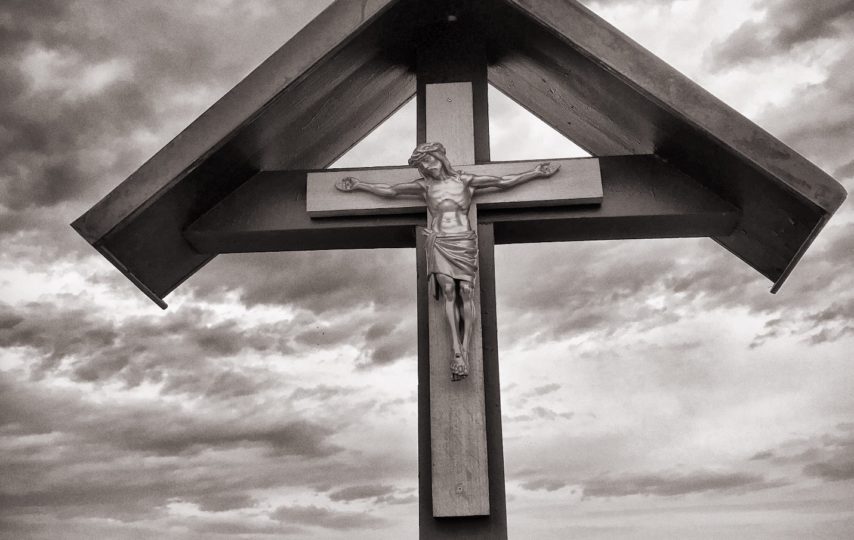Many of the world’s earliest bas-reliefs, known as Petroglyphs, have been discovered on cave walls. These sculptures are among the earliest documented creative achievements of mankind, and they were also colored to emphasize relief.
The Egyptians and Assyrians were the first to use this kind of design, and bas-relief sculptures were prominent in Greek and Roman constructions such as the Parthenon frieze, which graces the top section of the Parthenon’s naos and contains relief sculptures of Poseidon, Apollo, and Artemis.
The prominence of bas-relief persisted throughout the medieval period (5th to 15th century) when the style became famous in cathedrals, particularly Romanesque religious buildings, where it was used to commemorate major religious ceremonies and personalities.
This was one of the earliest movements into Western society, allowing bas-relief to thrive before becoming a premium design standard. Artists like Donatello combined it with high-relief to achieve depth during the Renaissance era (14th to 17th century), and bas-relief sculptures were used to raise historic structures, including the sculpture on the Parisian Arc de Triomphe during the 19th century.
In the modern era, you can get bas-reliefs for your houses as well. Holyart is a perfect website to buy different varieties of bas-reliefs like silver bas-relief (The 12×5.5cm silver metal and resin bass relief depicting the Annunciation, the Holy Family, and finally the Crucifixion scene), stone bas-relief, clay, and various other bas-reliefs.
What is Bas-relief?
The word bah-relief is derived from the Italian expression basso-relievo, which literally means “low relief.” Bas-reliefs are created by carving onto a 2D surface to form and highlight figures and objects, resulting in a 3D look that can be observed from all directions with minimal distortion.
Also, material may also be carved from a plane surface, a method is known as Graffito. The major images cut into or attached to the surface stay quite shallow. High relief is defined as the subject seeming to be more than halfway elevated from its backdrop.
Relief sculpture is a blend of two-dimensional visual arts with three-dimensional sculpting crafts. As a result, a relief, like a painting, is reliant on a backdrop material, and its arrangement must be stretched in a plane to be apparent. At the very same time, a relief, like a genuine sculpture, has a level of true three-dimension look.
Types of Bas-Relief
Relief sculpture is of four main types, which are as follows.
1. Low Relief or Bas Relief
A low relief graphic is a projection image with a short overall depth, such as those found on coins, where all pictures are in low relief. The comparative depths of the components depicted are entirely skewed in the lowest reliefs, and the picture makes no logical sense when viewed from the side, but when viewed from the front, the slight changes in depth appear as a three-dimensional visual. Other variants alter depth far less. The name is derived from the Italian basso rilievo, which is derived from the French bas-relief, both of which imply “low relief.”
2. Mid-relief
The phrase “mid-relief,” “half-relief,” or is relatively inaccurately defined, and the term is rarely used in English, with the artworks being classified as low relief alternatively. According to the conventional definition, only up to half of the focus projects and no components are undercutting or completely disconnected from the backdrop field. Usually, the depth of the items presented is distorted.
Mid-relief relief is the most adapted form of relief seen in Hindu and Buddhist artwork from Southeast Asia and India.
3. High-relief
In high relief (also known as alto rilievo in Italian), more than half of the weight of the sculpted body rises from the backdrop. Indeed, the composition’s greatest conspicuous components, particularly faces and limbs, are sometimes totally undercut, separating them from the background. In contrast to low relief, when the elements viewed are “crushed” flatter, the visible sections of the subject are typically portrayed at their complete depth.
Therefore, high relief employs basically the same principles and art techniques as free-standing sculptures, and in the case of a single figure, provides a view similar to that of a person standing right in front of the statue.
This method was employed in monumental sculpture and architecture by all civilizations and times that produced enormous monuments.
4. Sunken-relief
When the engraving is buried below the grade of the outer medium and enclosed by a sharply etched contour line that surrounds it with a strong underline of shadow, there is no protrusion on the outer medium. Sunken relief carvings are nearly only prevalent in ancient Egyptian art. However, it’s also been utilized in some gorgeous transitional ivory reliefs in India.













